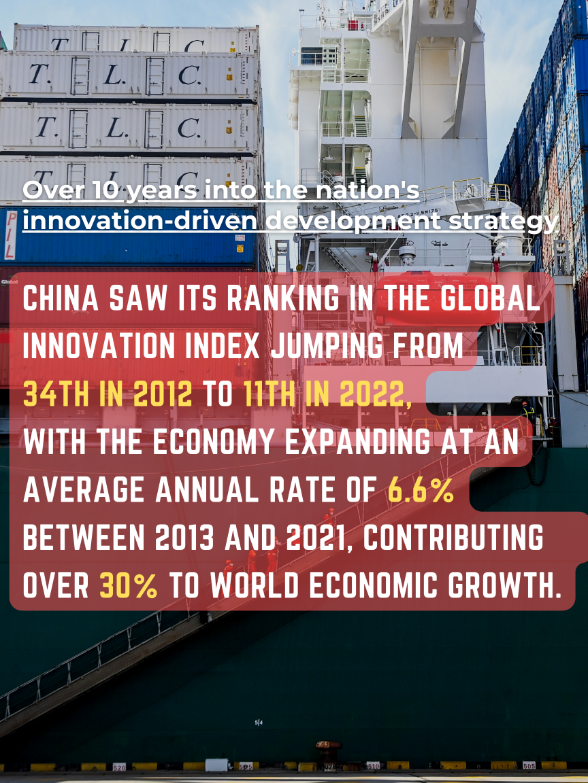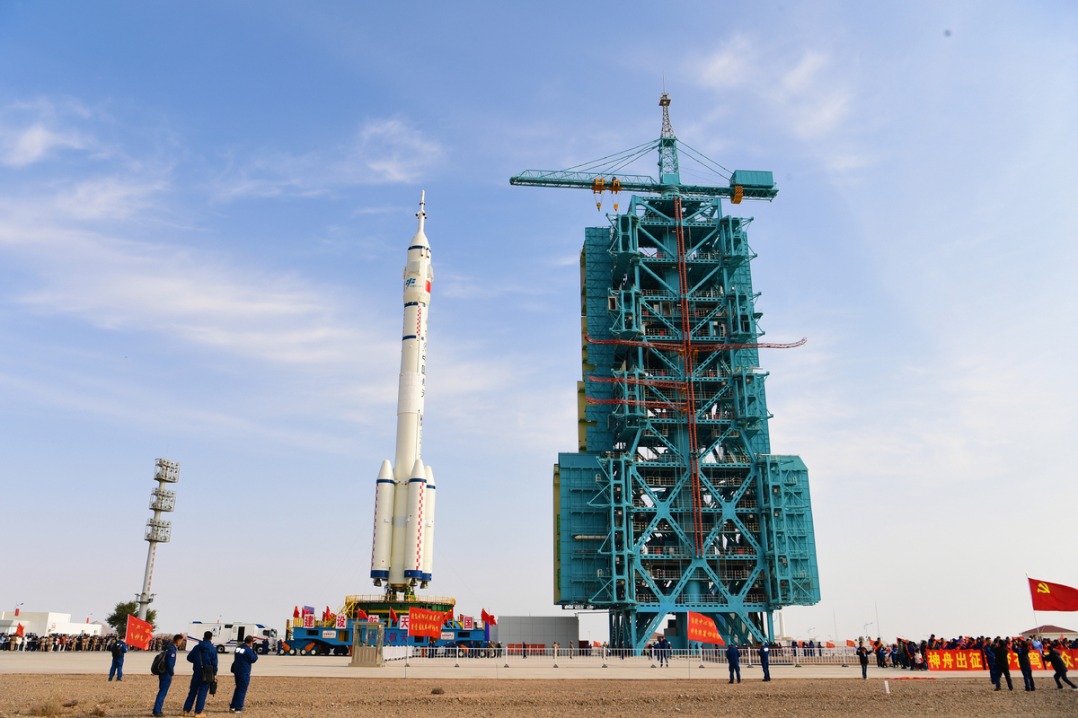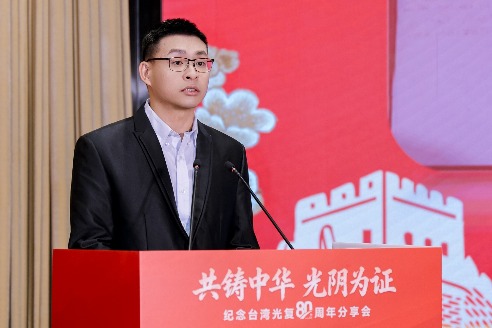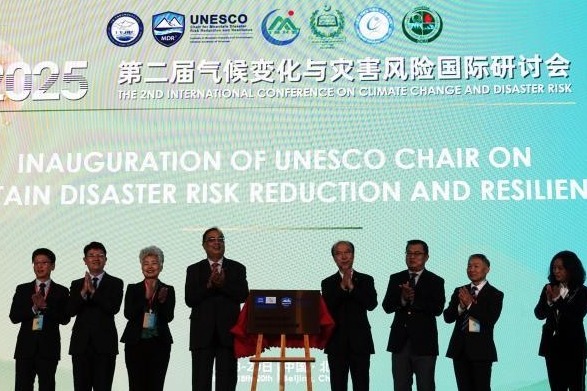Explainer: What does China's innovation-driven development strategy mean for the world?


Over 10 years into the nation's innovation-driven development strategy, China saw its ranking in the Global Innovation Index jump from 34th in 2012 to 11th last year, with the economy expanding at an average annual rate of 6.6 percent between 2013 and 2021, contributing over 30 percent to world economic growth.
When reinforcing its strength in science and technology, the country has also been committed to sharing its technology with worldwide partners and cooperating to improve global science and technology governance.
Innovation-driven development
"The close attention paid by the government and the country to innovation as an engine of growth is paying off," said Daren Tang, director general of the World Intellectual Property Organization.
Indeed, China's historic progress in building an innovative country attests to the judgment: science and technology are the primary productive force, talent the primary resource and innovation the primary driver of growth.
The innovation-driven development strategy put forward at the 18th National Congress of the Communist Party of China (CPC) has led China to join the ranks of the world's innovators, with success on various fronts over the past decade.
The country has expanded its research and development (R&D) expenditure from 1 trillion yuan (about $145 billion) to 3.09 trillion yuan (about $445 billion) in the past decade, the second highest in the world, with its R&D intensity rising from 1.91 percent to 2.55 percent, according to Ministry of Science and Technology.
- Experts and scholars propose strategies for advancing cross-Strait ties
- China prepares to launch Shenzhou XXI crewed spaceship
- China to strengthen the development of AI technologies
- Scientific, technological modernization emphasized in promoting China's advancement
- China to build a birth-friendly society, enhance care and engagement for the elderly
- China Focus: Chinese scientists make breakthroughs in longer-lasting, safer solid-state batteries



































